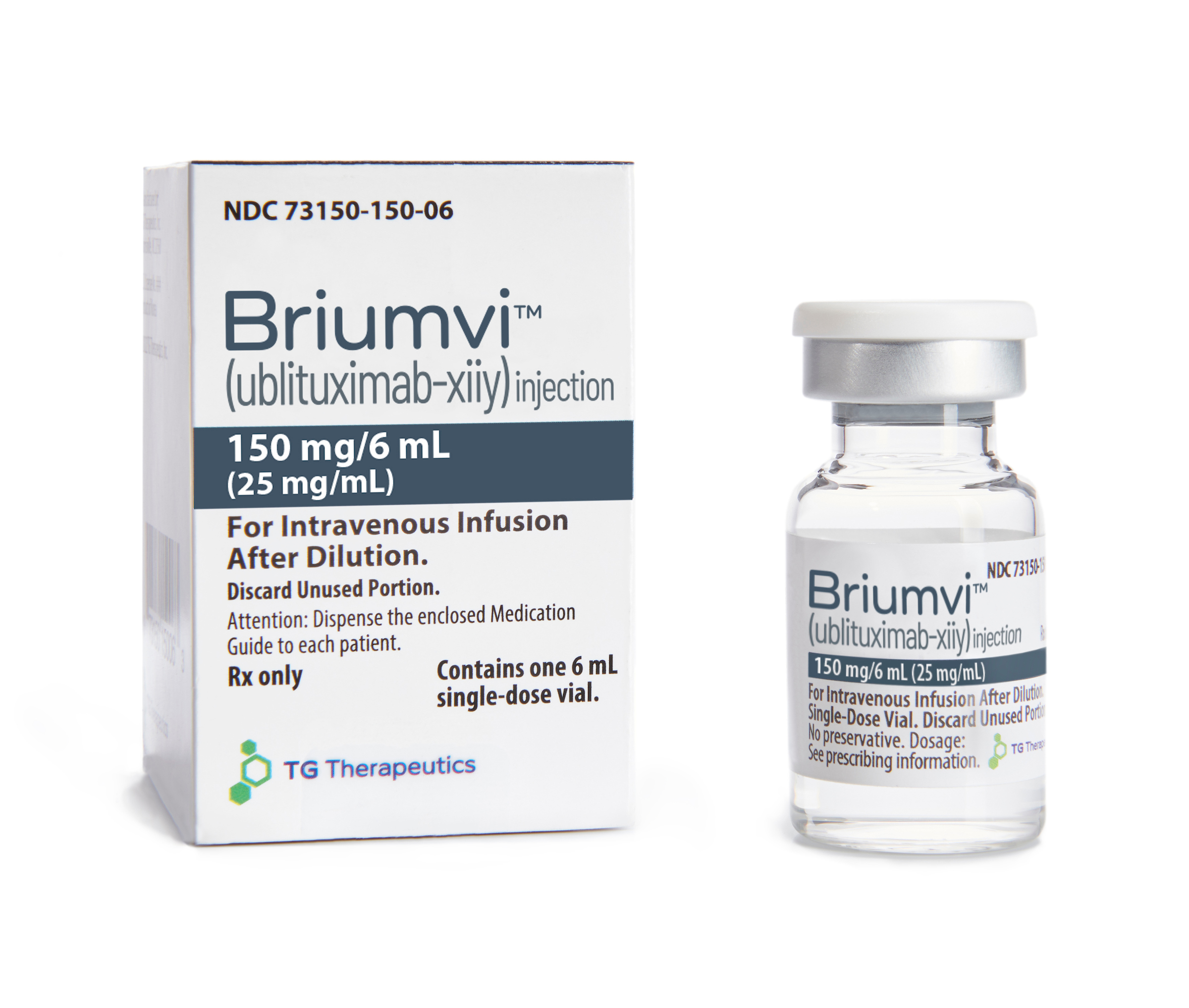Is it time to end your MS DMT?
Is there a time when multiple sclerosis (MS) is finished attacking the nervous system – when it just “burns out” and there’s no longer any need to continue using a disease-modifying therapy (DMT)? A 2017 review by researchers at the University of British Columbia notes that disease activity declines as people with MS grow older. It suggests that those who are 55 years or older and have had no relapses,…Continue Reading









